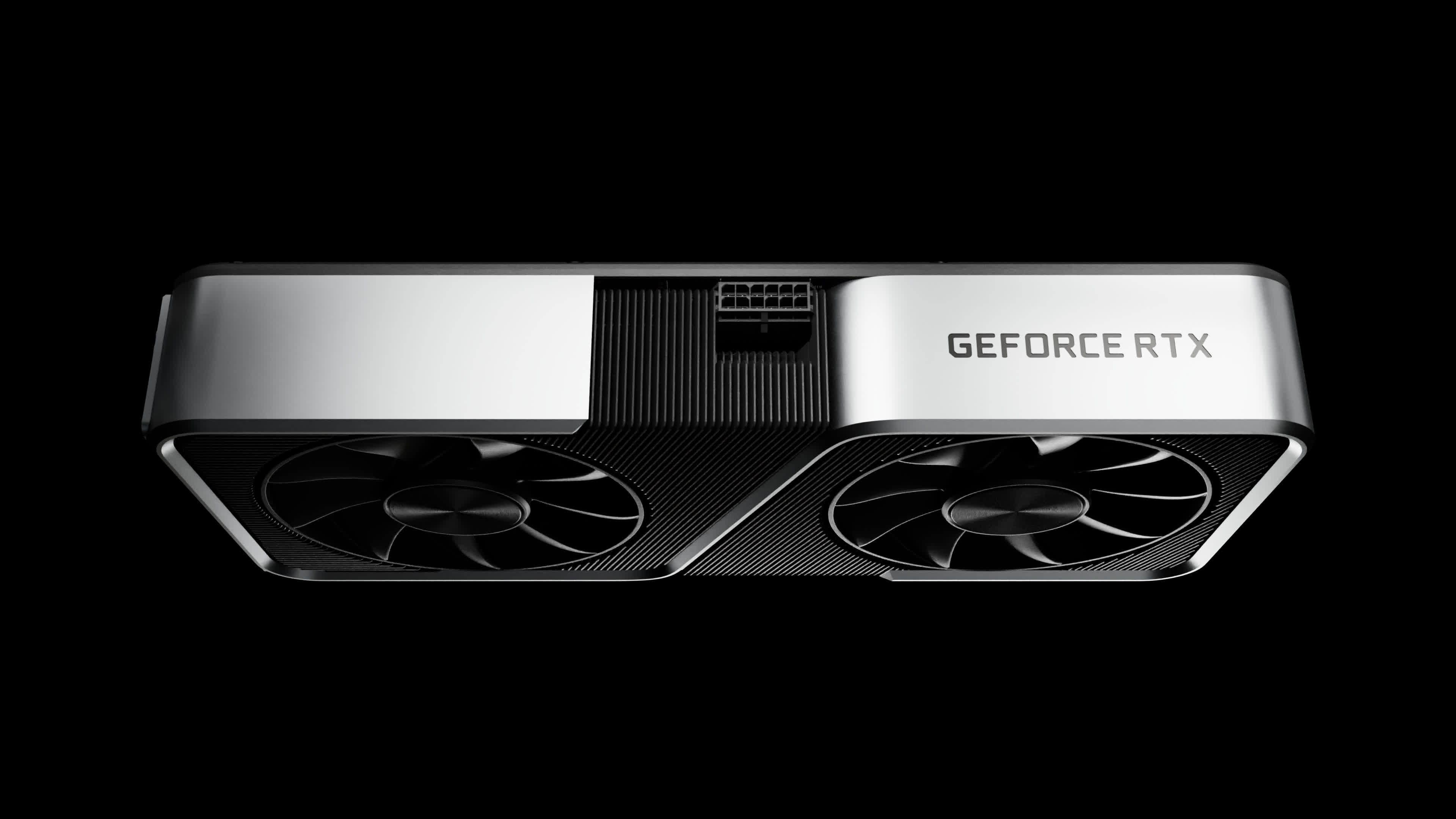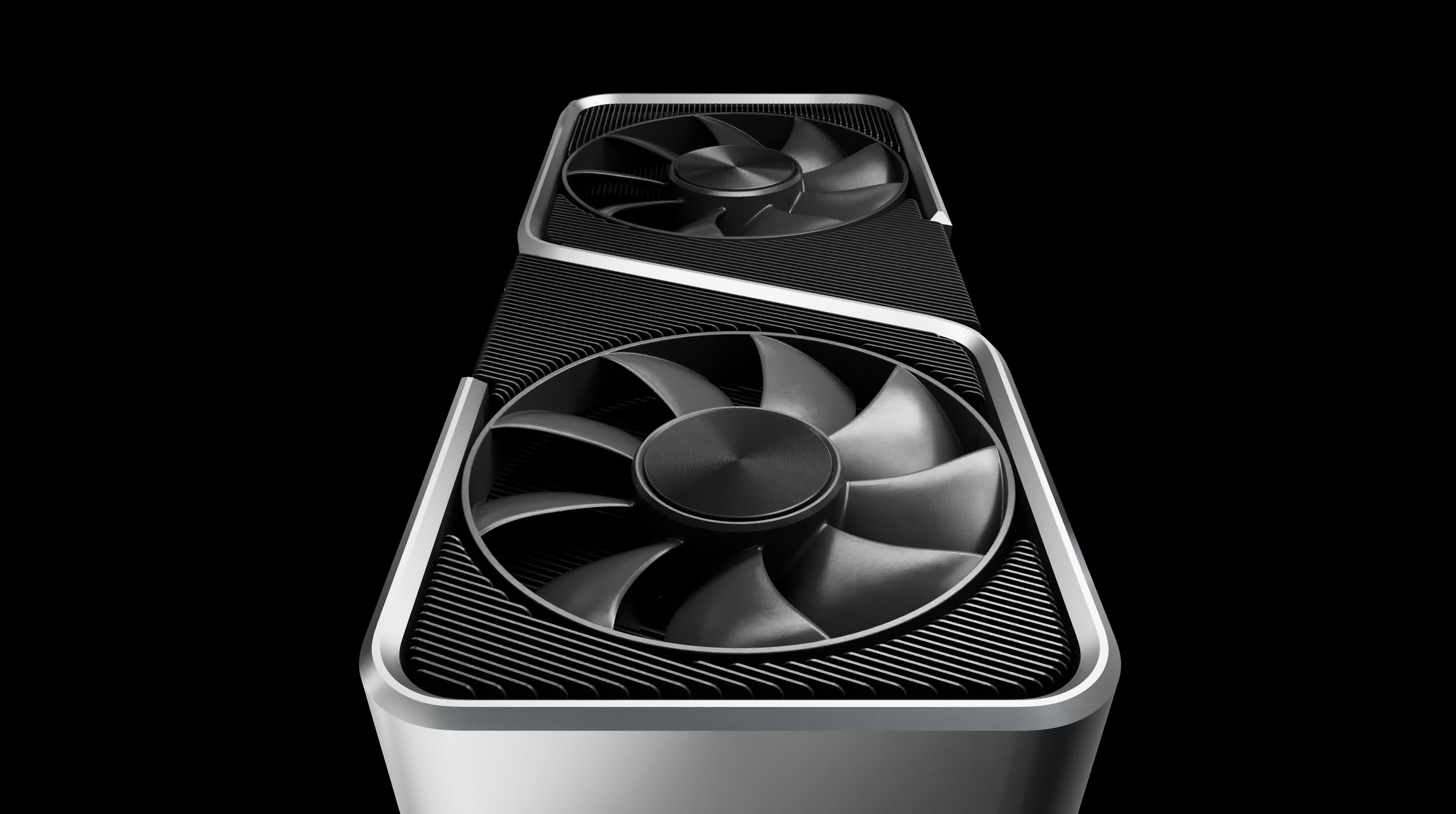Why it matters: A new leak is suggesting Nvidia's RTX 4060 Ti will feature an exceptionally short PCB and a relatively low power consumption of 220W. This should allow the upcoming GeForce RTX 4060 Ti to use significantly smaller coolers compared to the RTX 4080 and 4090, and have the cards fit inside smaller computer chassis where clearance issues are a problem with Nvidia's flagship GPUs.

Hardware leaker @kopite7kimi, shared a tweet yesterday revealing specifications of Nvidia's GeForce RTX 4060 Ti. One of the highlights listed is the use of a short PCB on the 4060 Ti reference design, suggesting the GPU could use compact cooling solutions. If true, the 4060 Ti has a good chance of becoming Nvidia's first normal sized graphics card being able to fit in cases where the RTX 4080 and RTX 4090 cards cannot.
RTX 4060 Ti has a very short reference board. The PG190 still uses CEM5 connector.
— kopite7kimi (@kopite7kimi) December 13, 2022
AD106-350-A1
4352FP32
8G 18Gbps GDDR6
32M L2
220W
Kopite says the RTX 4060 Ti will use Nvidia's AD106-350-A1 GPU featuring 4352 cores paired to 32MB of L2 cache and 8GB of GDDR6 running at 18Gbps. Power consumption is targeting 220W, but the 4060 Ti will still utilize the 600W 16-pin power connector found in the RTX 4080 and RTX 4090.
Based on these specifications, the RTX 4060 Ti will probably target the same performance class as Nvidia's RTX 3070 or 3070 Ti if we had to guess. The 4060 Ti features less than half the amount of CUDA cores as Nvidia's RTX 4080 which will make it substantially slower. The 4060 Ti would feature the same 8GB capacity as the 3070 series cards to justify this claim, but without any firm knowledge about clock speeds or memory bus width, it's difficult to make accurate assumptions. So take this with a grain of salt.

The most exciting aspect of this leak is the 4060 Ti's short PCB length. Kopite's wording suggests the 4060 Ti's PCB will be exceptionally short - possibly even shorter than the RTX 4080s Founders Edition PCB. This will give Nvidia and its partners an opportunity to build not just regular sized graphics card models, but also ultra-compact Mini-ITX solutions as well.
There's also a chance Nvidia and its AIB partners will take advantage of the RTX 4060 Ti's short PCB to build more powerful cooling solutions instead, though we won't know for sure until the RTX 4060 Ti launches. As for a possible release date, the RTX 4060 could arrive as late as mid-2023, which would allow Nvidia to move out current RTX 30 series inventory in that price segment.
https://www.techspot.com/news/96968-rtx-4060-ti-could-nvidia-first-compact-40.html